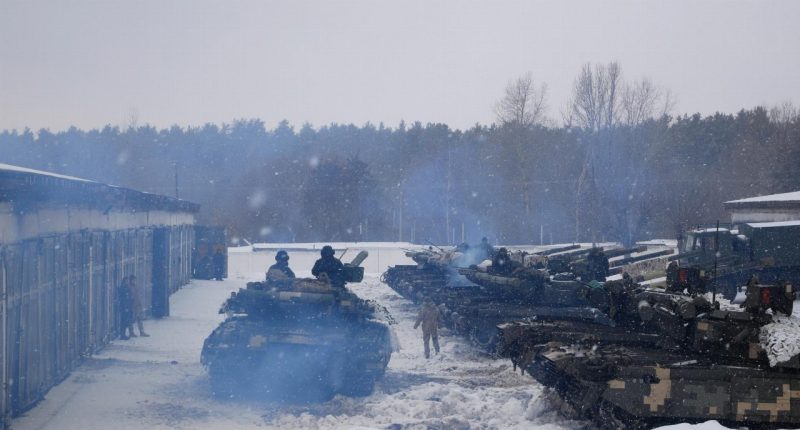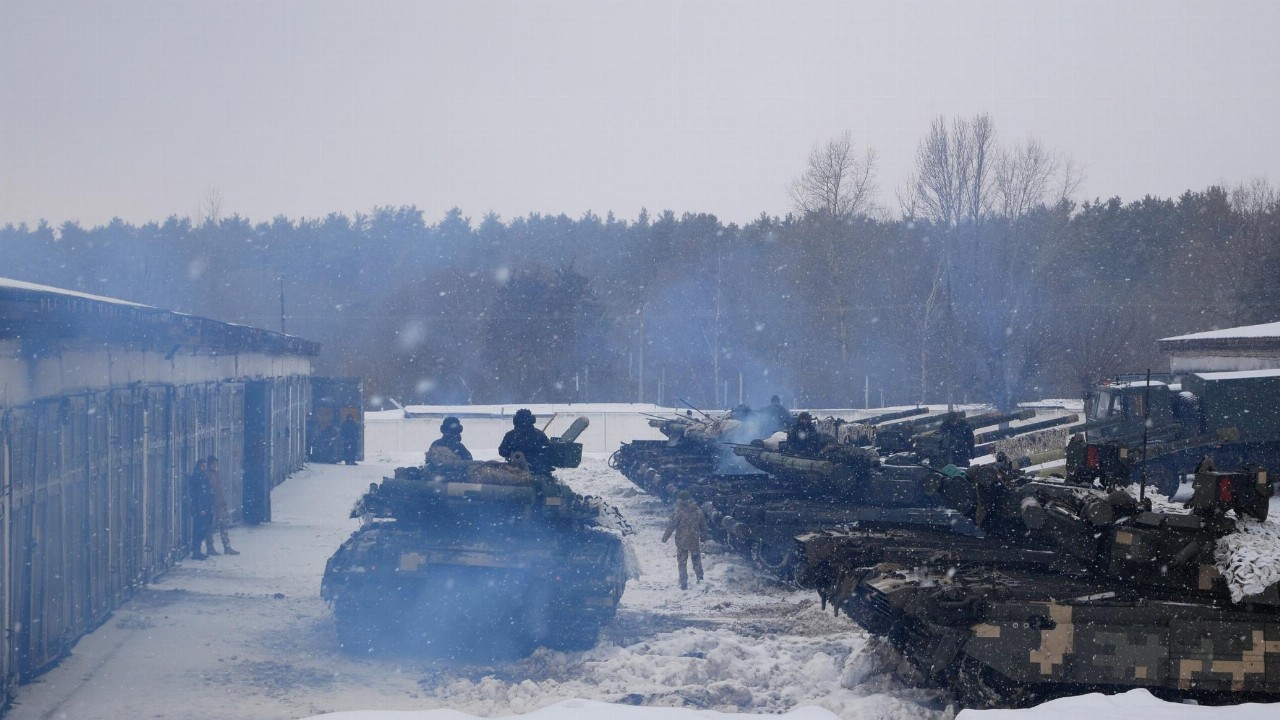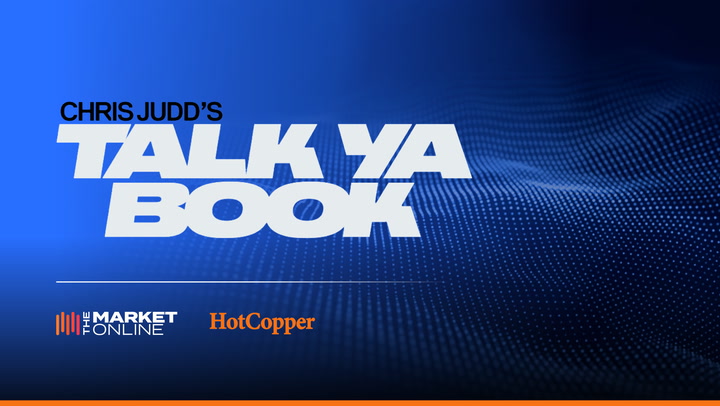- As sanctions were placed on Russian banks, speculation has risen that Russia will turn to bitcoin
- Sberbank fallout to have the potential for broader economic problems across the entire continent
- Heavyweights operating in Russia such as Exxon Mobil have begun extracting US workers from the country, following the footsteps of Shell, BP & Equinor in halting or divesting from its Russian operations
- Secondary to the success or otherwise of defense stocks are the raw materials they require. Since the start of 2022 as tensions began to rise, Western aerospace companies reportedly began to stock up on titanium supplies due to the metal’s critical use in plane building
- Ukraine currently produces around 70 per cent of the global neon gas exports, including more than 90 per cent of the US’s semiconductor-grade neon. Neon gas is integral to the chip manufacturing process
We’ve long heard the rhetoric that investing in gold is a bet on doom. The safety net and currency of war, unrest, and uncertainty.
While this has held true in times of crises past, such as the 2012 era of the Greek debt crisis, a newer generation of investors has entered the market in recent years with a fresh perspective on how to best safeguard funds.
While the kickoff of the Russian-Ukraine war saw an immediate spike in gold price on February 24, the sustained rally that some investors expected didn’t hold true over the days that followed. What has been seen instead is a climb in bitcoin and other large cryptocurrencies.
As sanctions were placed on Russian banks, the price of the Ruble fell dramatically and foreign assets of Russian oligarchs were frozen, speculation has risen that Russia will turn to bitcoin, the digital decentralised currency not owned or controlled by anyone body.
Further weight is added to these speculations as Russian banks falling under these sanctions have had their access to SWIFT severed, along with the ability to issue new Visa or Mastercards. Russia has even seen the shutdown of ApplePay and GooglePay.
Some reports say Russian Sberbank, Russia’s largest bank, is dangerously close to collapse and will run out of liquidity very soon.
Sberbank, with its subsidiaries outside of Russia that will also be affected, means this will not only affect Russian personal accounts but also have the potential for broader economic problems across the entire continent.
The European Central Bank echoed this by ordering the closure of Sberbank’s European arm, suggesting it was “failing or likely to fail” which saw their stock collapse 94 per cent to US$0.01 on Wednesday morning.
Russian markets are overall, at no surprise, in disarray.
The Moscow Stock Exchange remains closed in what is already the longest pause of the 21st century. This act though hasn’t stopped millions of dollars of value from being wiped from the markets from US-traded Russian stocks and Russia focused ETFs.
And while Albert Einstein did say “In the midst of every crisis, lies great opportunity” he most probably was not talking about war time investments, but where do the traditional market opportunities lie?
Oil & Gas?
Russia’s petroleum industry is the largest in the world. They are the world’s largest producer of oil, the largest exporter of natural gas and have the largest reserves.
While Russian oil & gas exports continue to help fund the conflict, accounting for over $1 billion each day, it looks unlikely that the industry will be subject to sanctions anytime soon.
Although the SWIFT payment system sanctions do have a carve out for energy and energy payments, this however has not stopped voluntary moves to cut off supplies from Russia, with some deeming Russian supply ‘toxic’ and ‘unbuyable’.
Contracts that precede the conflict will begin to expire in the coming weeks, and because partnerships are already suffering from these voluntary divestments, some expect that this will be the start of a serious supply shortfall.
Heavyweights operating in Russia such as Exxon Mobil have begun extracting US workers from the country, following the footsteps of Shell, BP & Equinor in halting or divesting from its Russian operations.
Nord stream 2 gas pipeline owner Gazprom Uniper Wintershall Dea OMV Engie Royal Dutch Shell reportedly laid off all employees, and today speculation surrounds whether they have filed for insolvency or not.
While it’s widely expected that the flow of gas to Eastern Europe will be the ultimate deciding factor for the market, prices are still being driven up. US oil prices surged more than 10 per cent to $112 per barrel on Wednesday morning, a seven-year high and a far cry from the negative lows of April 2020.
So where are the ASX options with the potential to benefit from all of this?
Calima Energy (CE1) presents one such opportunity with the oil and gas producer operating in Canada, a country now considered the fourth-largest producer of oil and gas in the world. On January 31, 2022, Calima Energy announced the construction of a pipeline connecting the 02-29 battery in the northern portion of its Brooks, Alberta asset area to its wells, lands, and gathering system in the southern portion of the asset base.
While other oil and gas producers tap in to existing pipelines and cut back on infrastructure expenditure, the pipeline being completed and due to be brought on stream during the first quarter of 2022 is timed well for the company.
Russia’s war puts more pressure on mineral supplies
Secondary to the success or otherwise of defense stocks are the raw materials they require. Since the start of 2022 as tensions began to rise, Western aerospace companies reportedly began to stock up on titanium supplies due to the metal’s critical use in plane building.
Titanium is widely considered to be a strategic metal, as it was stockpiled and used during the Cold War for the building of spy planes and weapons alike.
Both Ukraine and Russia are large exporters of titanium. Any conflict with either of these countries was set to disrupt the titanium market – whether it came to sanctions or expected supply chain issues.
One ASX stock already beginning to see the benefit of this is Sovereign Metals (SVM) who announced on Thursday the signing of a Memorandum of Understanding (MOU) with Hascor International Group for premium-priced sales of rutile from their globally significant Kasiya Rutile deposit in Malawi.
Natural rutile is the purest, highest-grade natural form of Titanium Dioxide (TiO2) and the partnerships the company continues to make keep Sovereign at the forefront of advancing to fill any supply gaps in markets.
Titanium isn’t the only material coming out of Ukraine. The country places highly across Europe for reserves of Uranium, Iron ores Mercury ores Manganese ores, but perhaps none more important than Neon gas.
Thanks to investments from the Soviet Union days, Ukraine currently produces around 70 per cent of the global neon gas exports, including more than 90 per cent of the US’s semiconductor-grade neon. Neon gas is integral to the chip manufacturing process, as lasers are used in etching circuit patterns onto silicon.
As occurred in 2014 when Russia annexed Crimea, supplies of neon began to dry up around the world. Although most manufacturers took steps to protect themselves by diversifying their supply, many reports suggest that inventory being held caps at around 8 weeks.
The already embattled semiconductor industry may not be ready to take another hit from the prolonged conflict in Ukraine.
Ultimately, for investors, it remains to be seen where various markets will fall as the battle continues.








